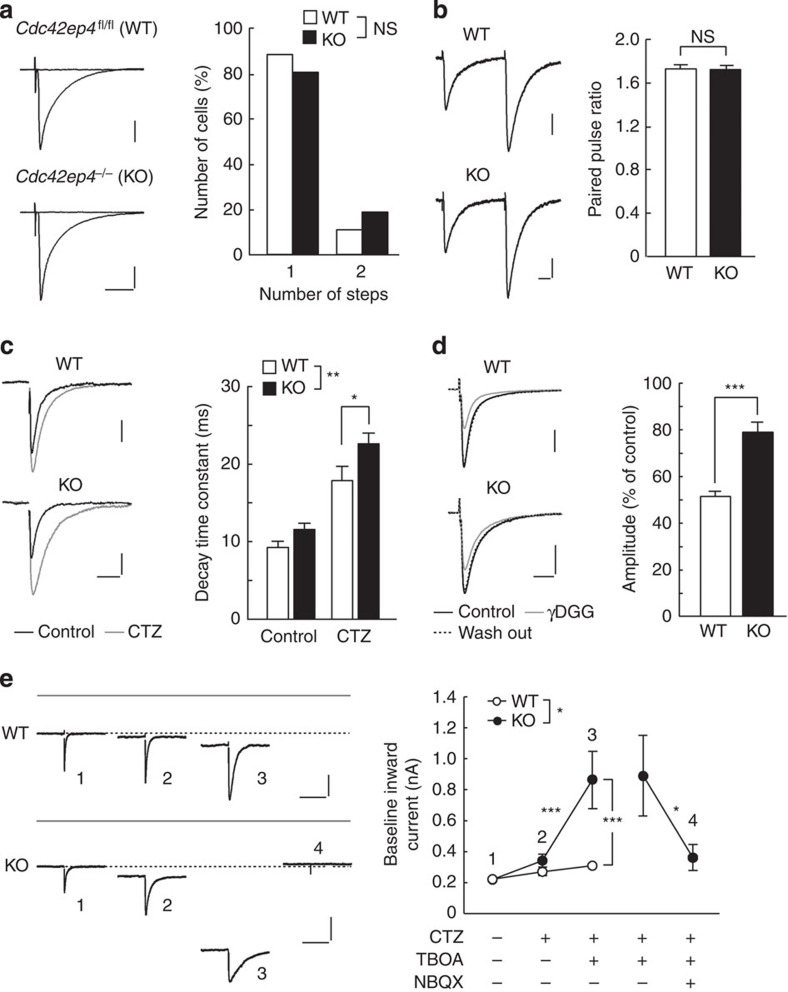Figure 6. Cdc42ep4−/− mice exhibit insufficient glutamate-buffering/clearance capacity.
(a; Left) Sample traces of CF-EPSCs. Two to three traces were superimposed. Scale bars, 10 ms and 500 pA. (Right) Summary histogram showing the number of CF-EPSC steps (n=21/18, P=0.513 by Mann–Whitney U-test). Holding potential was −10 mV in a and −70 mV in b–e. (b; Left) PF-EPSCs in response to paired stimuli at 50 ms intervals. Scale bars, 10 ms and 100 pA. (Right) Summary graph of the paired-pulse ratio (n=22/19, P=0.824 by Mann–Whitney U-test). (c; Left) Sample traces of PF-EPSCs with (grey) or without (black) 100 μM CTZ in a WT and a KO mice. Scale bars, 25 ms and 50 pA. (Right) The decay time constant of PF-EPSCs. Although CTZ prolonged the decay time constant both in WT and KO (n=11/17, WT, from 9.3±0.8 to 17.9±1.8 ms, ***P<0.001; KO, from 11.6±0.8 to 22.6±1.3 ms; ***P<0.001), the effect was significantly larger in KO than in WT (**P=0.006 by two-way ANOVA with post hoc Tukey test), which resulted in more protracted postsynaptic response in KO PCs (*P=0.010). (d) (Left) PF-EPSCs before (black), in the presence of 1 mM γDGG (grey), and after washout (dashed). Scale bars, 10 ms and 200 pA. (Right) Summary histogram showing the effects of γDGG. KO PF-EPSCs were significantly more insensitive to γDGG than WT ones (n=7/7, ***P<0.001 by Mann–Whitney U-test). (e; Left) Sample traces of PF-EPSCs in a WT and a KO mice in control ACSF (1), in the presence of CTZ (2), CTZ plus 50 μM TBOA (3), CTZ, TBOA plus 10 μM NBQX (4). Grey and dashed lines, respectively, indicate the zero offset level and baseline holding current level in the control ACSF. Scale bars, 200 ms and 100 pA. (Right) The summary graph showing the holding current. The effects of CTZ plus TBOA was significantly larger on KO than on WT (n=11/12, ***P<0.001 by two-way repeated measures ANOVA with post hoc Tukey test). (Two right plots) Additional application of NBQX significantly diminished the inward current by TBOA (n=7, *P=0.016 by Wilcoxon signed-rank test).

